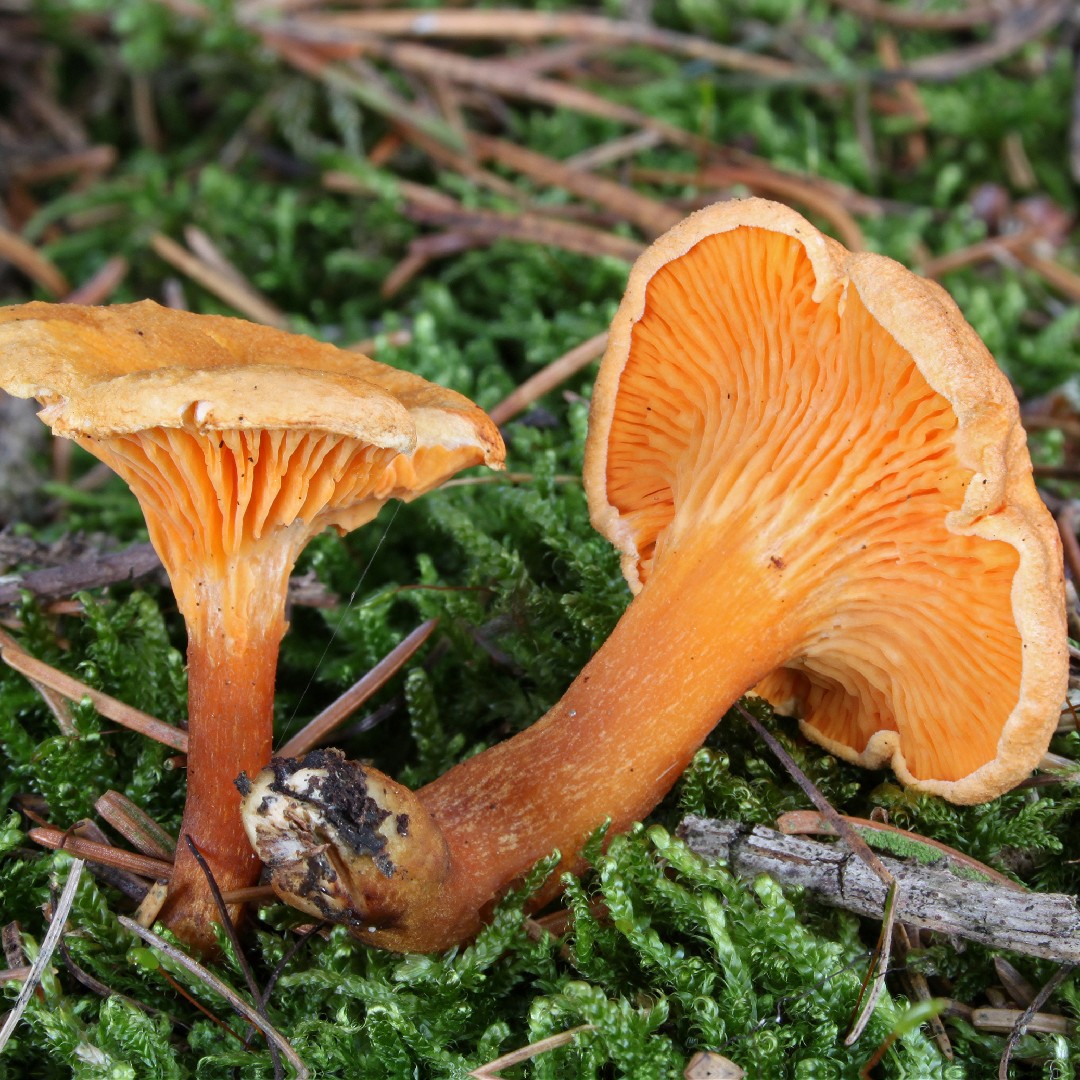Hygrophoropsidacées
Nom scientifique: Hygrophoropsidaceae
Hygrophoropsidacées
Nom scientifique: Hygrophoropsidaceae
 Photo By H. Krisp , used under CC-BY-3.0 /Cropped and compressed from original
Photo By H. Krisp , used under CC-BY-3.0 /Cropped and compressed from original La description
Les hygrophoropsidacées sont des champignons qui se nourrissent de bois et le font pourrir. Sous l'effet de ces champignons, le bois se contracte puis se fend en cubes de tailles différentes, ce qu'on appelle la pourriture cubique ou pourriture brune. 